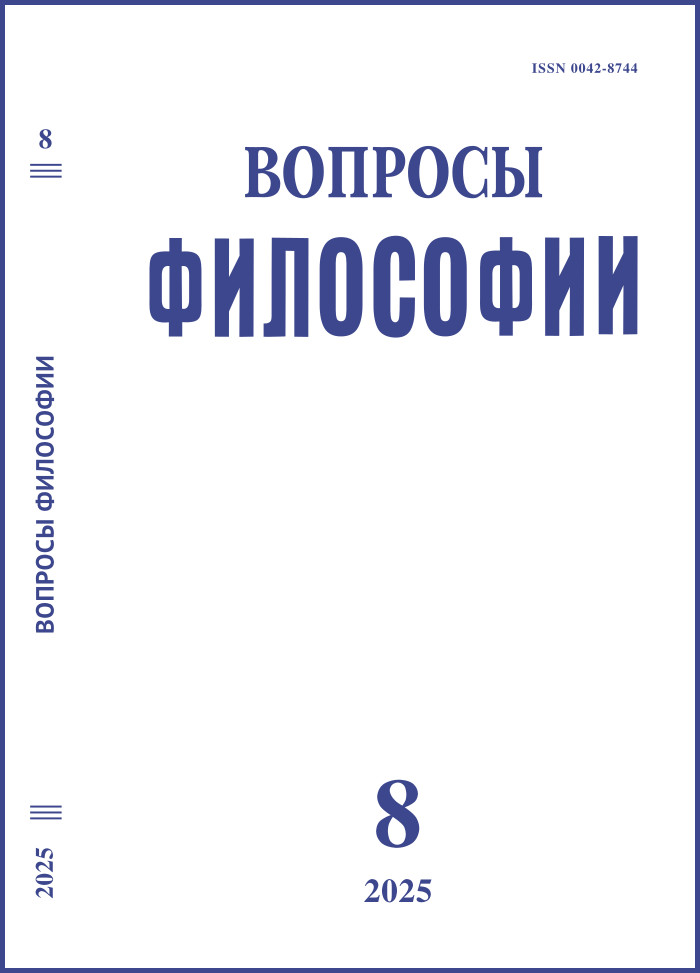Social and Philosophical Problems of Relations between Society and Biological Science
DOI:
https://doi.org/10.21146/0042-8744-2025-8-58-68Keywords:
ethical and philosophical problems of genetic diagnostics, eugenic concepts, genetics, biotechnology, regulation of genetic engineeringAbstract
The review analyzes the socio-philosophical aspects of the interaction between society and biological science. The tendency of ruling social groups to use
eugenic and vulgar Darwinian theories as the basis for the ideology of superiority and methods of political governance is substantiated. The social and humanitarian consequences of supporting pseudoscientific trends and implementing practical eugenic projects as instruments of pressure on society under the monopolization of state funding for biological science are shown. Ethical, legal and social issues of applying modern achievements in molecular and synthetic biology, genetics and genome editing technologies in a market economy are discussed. The risks of interventions in the human genome, which make possible the neoeugenic direction of its biological evolution, are assessed from the standpoint of the “liberal” and “conservative” approaches. The article examines the areas of commercialization and criminalization in the field of biology and genetic technologies that pose a danger to science and society. The advantages and potential threats to humans and nature in connection with the spread of genetic engineering products are characterized.

